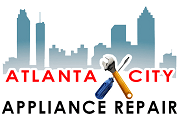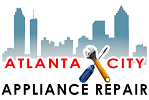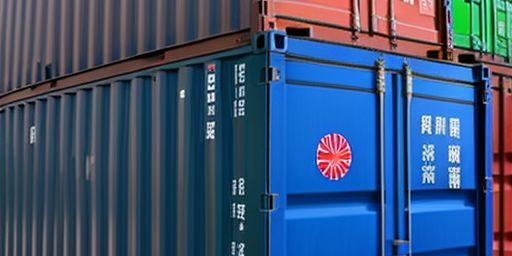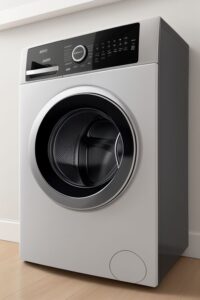With talk of reintroducing and expanding tariffs on imports—especially from China—appliance prices in the U.S. could be heading for a major shakeup. Whether you’re planning to buy a new washer or dryer, or need to get one repaired, it’s worth understanding how these potential policy changes could affect your wallet.
📈 Are Appliance Prices About to Go Up?
In short: yes, and possibly by a lot. If new Trump-era tariffs roll out, including a proposed 10% tariff on all imports and a whopping 60% on Chinese goods, we could see appliance prices rise across the board.
Some experts estimate the cost of common household appliances could jump nearly 20%. That means a refrigerator that costs $650 today could climb past $775. Washers and dryers—typically $1,200 to $1,800—could see increases of $200 or more, depending on the brand and model.
This isn’t just speculation. The National Retail Federation warns that if a trade war kicks in, major appliances could be among the first consumer goods to feel the heat.
🔧 What About Appliance Repair Costs? 
Appliance repair services aren’t immune to tariff-related price hikes either. Many replacement parts—motors, control boards, fan assemblies—are imported or contain foreign-made components. If those parts become more expensive, repair costs could rise by $30 to $100 or more per job, depending on the appliance and the brand.
Technicians might also need to adjust their flat-rate pricing to reflect the increased cost of doing business, especially for high-end brands like LG, Samsung, Viking, and Sub-Zero.
🏭 Could U.S. Manufacturing Be the Answer?
There’s been growing pressure to bring appliance manufacturing back to the U.S. While that sounds like a good solution on the surface, it’s not without serious trade-offs.
If major brands were to shift 100% of their appliance production to the U.S., consumer prices could jump 50% to 70% or more. Why? Because:
- Key components are more expensive to source or manufacture in the U.S.
- Some parts aren’t made domestically at all, requiring entirely new supply chains.
- Labor costs in the U.S. are significantly higher than in countries like China.
🤖 How to Keep Appliance Prices Reasonable
There is a path forward that could help keep prices from skyrocketing:
- Allow U.S.-based factories to import essential components—especially those that aren’t yet manufactured in the States—without excessive tariffs.
- Adopt advanced automation and robotics in U.S. assembly plants. This can drastically reduce labor costs while speeding up production.
If this hybrid model is adopted, appliance prices might only rise by a manageable 10–20%, rather than 60% or more. Plus, it could give a strong boost to the U.S. economy without hitting consumers too hard.
🕒 When Will Things Settle Down?
If tariffs go into effect in late 2025, price changes could ripple through the market into 2026 and beyond. Appliance prices and service costs may take 12 to 24 months to stabilize, depending on how manufacturers and repair companies respond.
💡 What Should Consumers Do Now?
If you’re thinking about replacing or repairing an appliance, it may be smart to act soon. Prices are still relatively stable, but if tariffs roll out, they’ll likely climb quickly.
✔️ Plan ahead
✔️ Repair rather than replace where possible
✔️ Watch for changes in service rates
At Atlanta City Appliance Repair, Inc., we’re committed to keeping our pricing transparent and competitive—even as the industry evolves. Whether you’re in Buckhead, Brookhaven, Roswell, Alpharetta, Chamblee, Doraville, Sandy Springs, or Dunwoody, our expert technicians are here to help.
📅 Book Service Online 24/7: Schedule an Appointment
📲 Text Us Anytime: (470)223-5959
📞 Call Now: (404)903-1453
Sources:
- CNN Business – Tariff Impact
- Wired – U.S. Manufacturing Challenges
- The Guardian – Trump Tariff Policy



